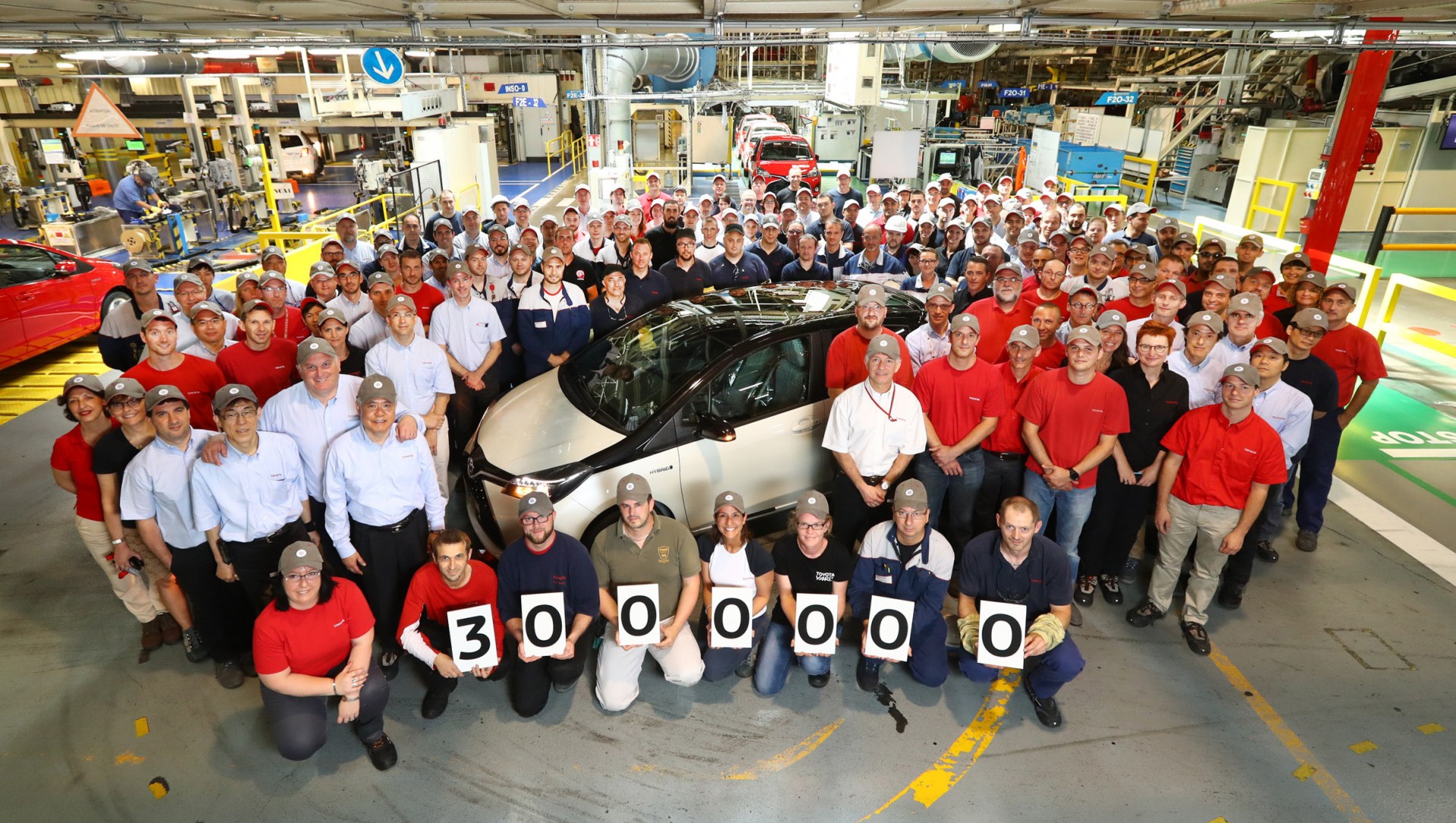Want to Change Your Corporate Culture? Start By Changing Behavior
3 minutes, 24 seconds read

Peter Drucker once famously wrote “culture eats strategy for breakfast.” A majority of business leaders agree: an effective corporate culture is essential for a company to thrive in the modern business world. Culture needs to continue to adapt, and culture is changed with behavior.
Executives Agree: Culture is Critical, but Difficult to Get Right
In fact, a November 2015 survey of executives, “How Corporate Culture Affects the Bottom Line”, by Duke University’s Fuqua School of Business overwhelmingly found that business executives believe culture to be critical — yet few know how to create the corporate culture they desire.
- More than 90% of executives said that culture was important at their firms.
- 92% believe improving their firm’s corporate culture would improve the value of the company.
- More than 50% said corporate culture influences productivity, creativity, profitability, firm value and growth rates.
Despite this overwhelming support, another statistic from the survey stands out:
- Only 15% of executives said their firm’s corporate culture was where it needed to be.
There is no shortage of consultants, books, systems, camps, workshops and such that propose formulas on how to create, maintain and modify company culture. It is easy to get lost in the language and ideas behind culture without translating it into the action necessary to drive change.
Change culture by changing behavior
Cultural change originates in the gemba, the Japanese term for “the real place.” The gemba is where the action happens. To drive cultural change, you must enable and empower individuals inside the gemba.
While working to transform productivity at NUMMI, the joint GM and Toyota plant in Fremont, California, Lean Enterprise Institute Chairman and CEO John Shook realized that cultural change stems from changing behavior. “What my NUMMI experience taught me that was so powerful was that the way to change culture is not to first change how people think, but instead to start by changing how people behave — what they do,” Shook wrote.

Five steps to drive cultural change
Address the following five components, and begin to drive the behavior changes necessary to facilitate cultural change:
-
Structure and Process.
Put a formal structure in place through which frontline employees can make decisions and have responsibility to find improvements. Managers should serve as coaches who help employees evaluate and implement changes. To encourage suggestions, make sure you institute a transparent process for evaluating, implementing and tracking improvement suggestions.
-
People.
Find your change agents — those who embrace change, who can model behavior and who motivate others. Rotate managers with different perspectives to encourage employees to think broadly about company success, rather than the success of their isolated team or area.
-
Recognition.
Recognize individuals who are creating improvements in their gemba, and who are finding new opportunities to improve and implement changes. Celebrating individuals for their contribution to company goals and their personal initiatives drives future contributions.
-
Accountability.
As the saying goes, you cannot improve what you don’t measure. It is critical to closely track the impact of the improvements employees are implementing in their gemba. Regularly report on where changes are making an impact and how it is impacting company performance in savings, as well as quality, safety and employee wellness.
-
Technology.
Leverage technology to empower individuals to define, evaluate and implement new ideas. Digital transformation can provide unprecedented insights into the improvements being implemented. Examine insights into the types of changes being made, the sources of change, the individuals finding opportunities and the measured results of these changes’ impact.
Empower people to be change agents
“All employees have the right to be successful every time they do their job,” Shook wrote. “Part of doing their job is finding problems and making improvements. If we as management want people to be successful, to find problems and to make improvements, we have the obligation to provide the means to do so.”
Like this content? Sign up for our Newsletter
[hubspot type=form portal=561211 id=fda6d445-739e-4072-8dae-68b94971a266]THE FRONTLINE DOJO
More Articles
How to develop the next billion Knowledge Workers
3 minutes, 51 seconds read
Digital transformation in manufacturing is not what you think it is
10 minutes, 36 seconds read
The human side of change management: lessons learned from Toyota, Airbus, and Silicon Valley
1 minute, 28 seconds read
The true meaning of Genchi Genbutsu
3 minutes, 5 seconds read